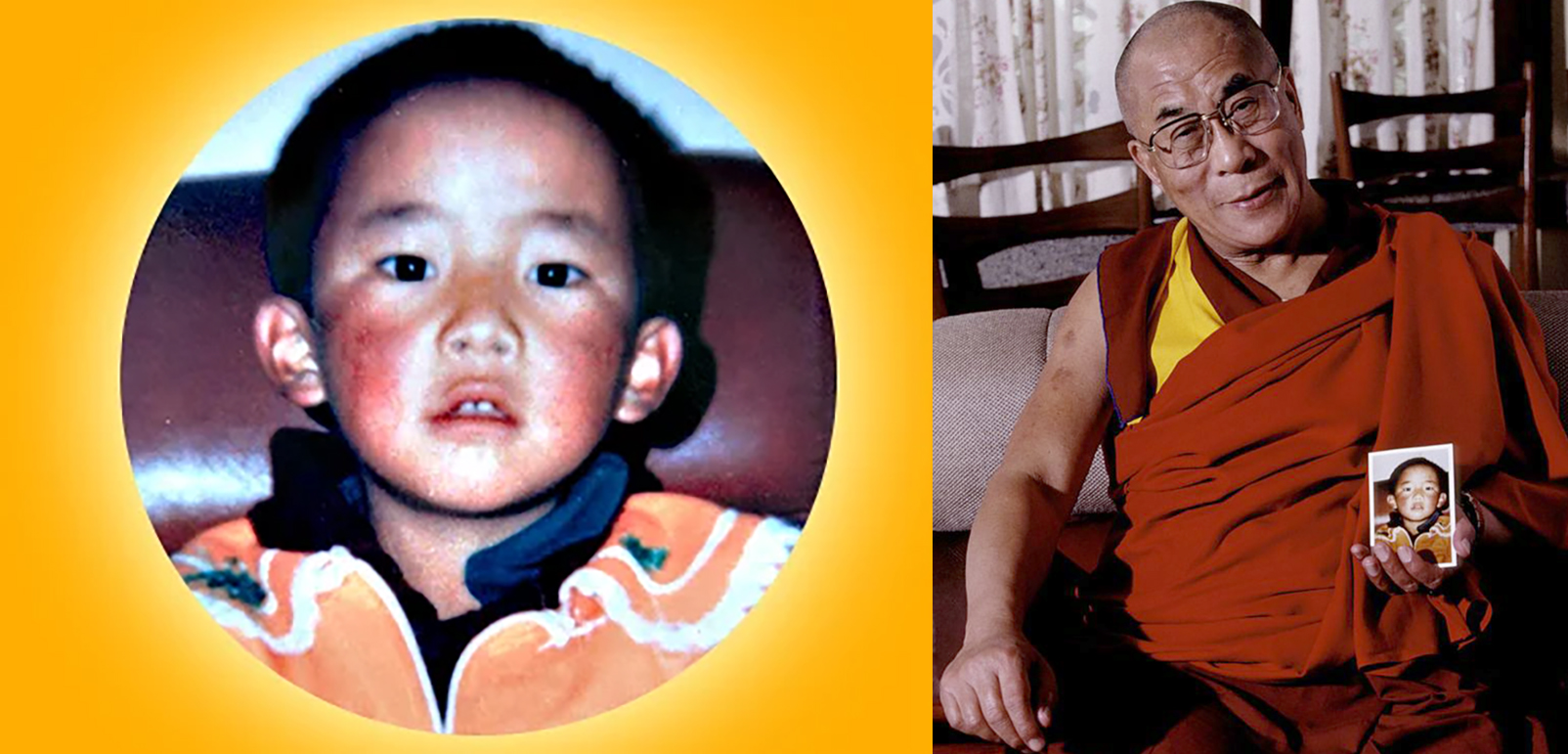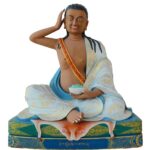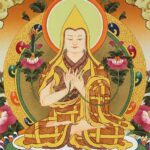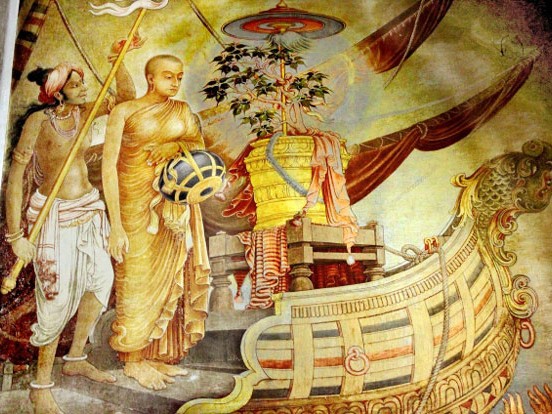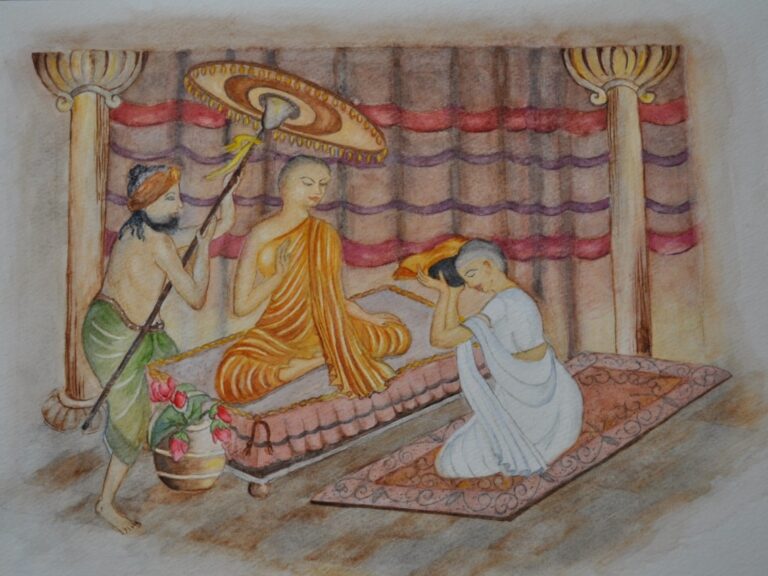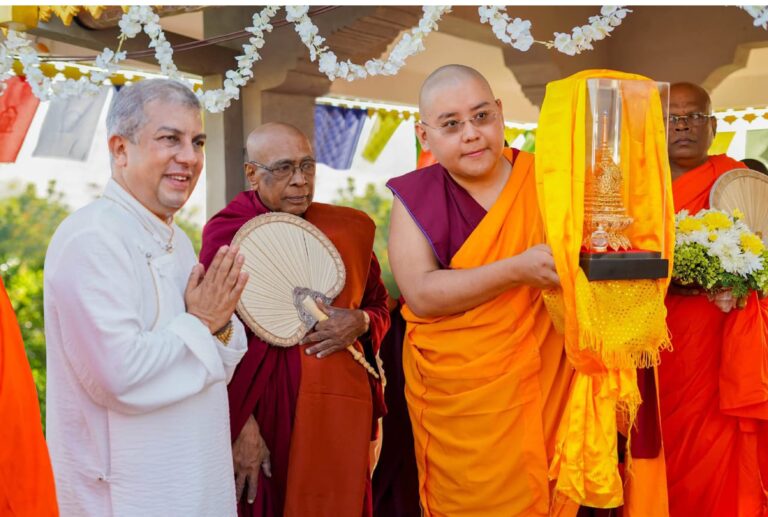Remembering the Panchen Lama: A Voice Silenced, A Legacy That Endures By Tenzin Celon, resident teacher at Semkay Ling, Sri Lanka Every year on April 25th, Tibetans and supporters around the world mark a somber occasion—the birthday of Gedhun Choekyi Nyima, the 11th Panchen Lama. Once a symbol of hope and continuity for Tibetan Buddhism, …
Remembering the Panchen Lama: A Voice Silenced, A Legacy That Endures
By Tenzin Celon, resident teacher at Semkay Ling, Sri Lanka
Every year on April 25th, Tibetans and supporters around the world mark a somber occasion—the birthday of Gedhun Choekyi Nyima, the 11th Panchen Lama. Once a symbol of hope and continuity for Tibetan Buddhism, he was abducted by Chinese authorities in 1995 at the age of just six. Nearly three decades later, his fate remains one of the world’s most enduring and heart breaking cases of enforced disappearance.
The Spiritual Significance of the Panchen Lama
The Panchen Lama holds a position of profound religious and cultural importance in Tibetan Buddhism, second only to the Dalai Lama within the Gelug school. The title “Panchen” fuses the Sanskrit word paṇḍita (scholar) with the Tibetan chenpo (great), meaning “Great Scholar.” Revered as the reincarnation of Amitābha, the Buddha of Infinite Light, the Panchen Lama is more than a religious figure—he is a cornerstone of Tibetan identity.
Traditionally, the Panchen Lama leads the Tashi Lhunpo Monastery in Shigatse and plays a crucial role in both spiritual and regional leadership. In fact, the Dalai Lama and Panchen Lama are spiritually interlinked, with each bearing responsibility for identifying the other’s reincarnation—a foundational element in preserving the continuity of Tibetan Buddhism.
The institution of the Panchen Lama was formalized in the 17th century with Lobsang Chökyi Gyaltsen, a mentor to the 5th Dalai Lama. His predecessors were retroactively honored, making him the 4th in the line by lineage.
A Role Entwined with Politics and Power
Beyond the monastery walls, the Panchen Lama has historically wielded considerable political influence. The Panchen Lamas often governed Tibet’s Tsang region with a degree of autonomy from Lhasa’s central authority.
This spiritual authority drew the attention of imperial powers. In 1713, the Kangxi Emperor of China bestowed the honorific “Panchen Erdeni” (Precious Scholar) on the 5th Panchen Lama, signalling the beginning of Qing dynasty involvement in Tibetan religious matters. The Qing further entrenched this control in 1792 with the 29-Article Ordinance, which mandated state oversight in the selection of high-ranking lamas—a precedent that casts a long shadow to this day.
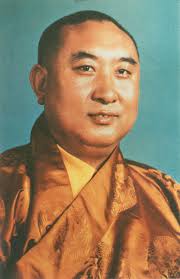
The 10th Panchen Lama: A Voice of Conscience
Lobsang Trinley Lhundrub Chokyi Gyaltsen, the 10th Panchen Lama (1938–1989), embodied both spiritual integrity and political courage. Although recognized in 1949 with initial support from Chinese authorities, his relationship with Beijing soon soured.
In 1962, he authored the landmark 70,000-Character Petition—a fearless critique of China’s repressive policies and human rights abuses in Tibet. For his outspokenness, he endured more than a decade of imprisonment and public condemnation.
Following his release in 1977, the Panchen Lama remained an influential figure. He broke with tradition by renouncing his monastic vows, marrying a Han Chinese woman, and starting a family. In the 1980s, he worked tirelessly to revive Tibetan Buddhist traditions and openly criticized China’s developmental policies in the region. His sudden and mysterious death in 1989 fueled speculation and further mistrust among Tibetans.
The Disputed Succession: A Silent Tragedy
In 1995, the Dalai Lama officially recognized six-year-old Gedhun Choekyi Nyima as the 11th Panchen Lama. Within days, the child and his family were forcibly taken by Chinese authorities and have not been seen since.
In an attempt to legitimize their influence, the Chinese government appointed their own candidate—Gyaltsen Norbu—a move widely rejected by Tibetans, who refer to him as the Penchen Zuma, or “false Panchen.” While Gyaltsen Norbu plays a public role in Beijing-backed religious institutions, his presence is a stark reminder of China’s efforts to control the spiritual heart of Tibet.
The disappearance of Gedhun Choekyi Nyima has become a poignant symbol of the Chinese government’s campaign to suppress Tibetan culture and autonomy. Despite international calls for his release, his fate remains shrouded in secrecy.
A Legacy That Endures
The Panchen Lama is far more than a religious title—it is a vessel of cultural memory, spiritual lineage, and national identity for the Tibetan people. As Gedhun Choekyi Nyima marks yet another birthday in silence, his absence serves as a painful testament to the cost of political interference in spiritual life.
Yet, his legacy endures. Around the world, his name is invoked in prayers, protests, and petitions. He remains a symbol of resilience, a quiet but unwavering reminder of Tibet’s struggle for religious freedom and cultural preservation.
On this day, as candles are lit and prayers are offered, the world is called to remember not just a missing child, but the enduring voice of a people whose faith has never wavered.
Get in Touch with Us
We’d love to hear from you—share your thoughts or ask a question!

